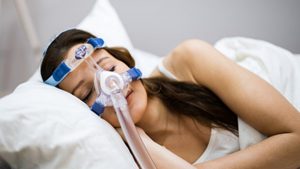
Folks need to have their meals at regular intervals or risk slipping into anxiety or depression, a new study of airline personnel has found. Delaying breakfast or dinner appears to increase a person’s risk of developing a mood disorder, researchers report. The study also found that confining meals to a 12-hour “eating window” every day helps sustain an even mood — good news for folks who engage in intermittent fasting. “An eating window of less than 12 hours may be associated with reduced severity of anxiety or depression,” concluded the research team led by Mi Xiang, an associate professor with Shanghai Jio Tong University in China. For the study, researchers analyzed data from more than 22,600 airline crew members participating in an ongoing health survey of employees at China’s major airlines. The team tracked when participants ate breakfast and dinner, and how much time passed between meals. They then compared that data to the crew members’ scores on anxiety and depression screening tools. They found that people working a day shift who delayed their dinner past 8 p.m. had twice the risk of depression and a 78% higher risk of anxiety, compared with when they ate before 8 p.m., according to results published July 17 in the journal JAMA Network Open. Similarly, delaying breakfast until after 9 a.m. increased risk of depression by 73% and… read on > read on >


















-150x150.jpeg)



-300x200.jpeg)
-300x213.jpeg)














